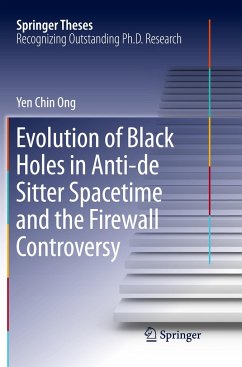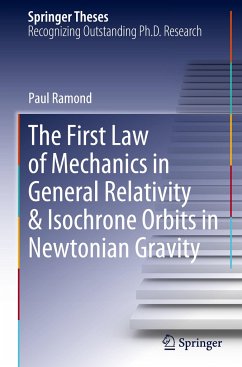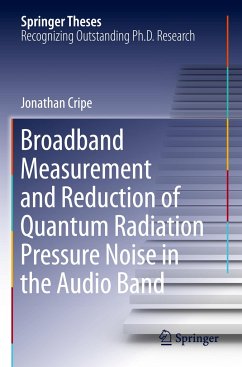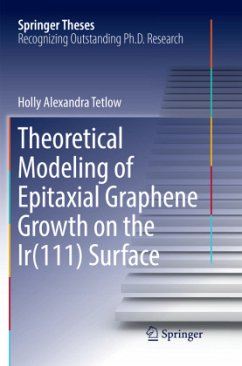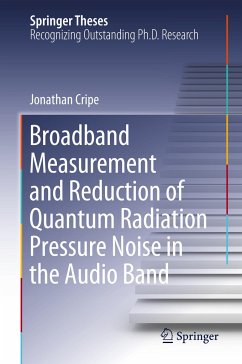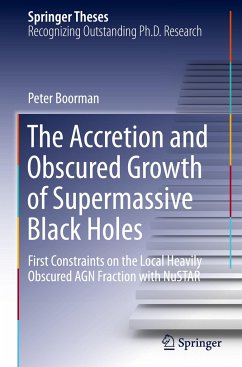
The Accretion and Obscured Growth of Supermassive Black Holes
First Constraints on the Local Heavily Obscured AGN Fraction with NuSTAR
Versandkostenfrei!
Versandfertig in 6-10 Tagen
121,99 €
inkl. MwSt.
Weitere Ausgaben:

PAYBACK Punkte
61 °P sammeln!
This thesis describes the application of state-of-the-art high-energy X-ray studies to the astronomical quest for understanding obscured active galactic nuclei (AGN). These AGN are supermassive black holes growing by accretion of matter located in the nuclei of galaxies. The material that feeds these black holes also obscures them from view, rendering them challenging to study. It is possible to study them by effectively 'X-raying' galactic nuclei to peer through these obscuring veils. Beginning with the proof-of-concept application of novel X-ray Monte Carlo codes to the Nuclear Spectroscopic...
This thesis describes the application of state-of-the-art high-energy X-ray studies to the astronomical quest for understanding obscured active galactic nuclei (AGN). These AGN are supermassive black holes growing by accretion of matter located in the nuclei of galaxies. The material that feeds these black holes also obscures them from view, rendering them challenging to study. It is possible to study them by effectively 'X-raying' galactic nuclei to peer through these obscuring veils. Beginning with the proof-of-concept application of novel X-ray Monte Carlo codes to the Nuclear Spectroscopic Telescope ARray (NuSTAR) spectrum of a known heavily obscured AGN, the thesis establishes the relevant parameters that characterise the AGN spectrum and central black hole growth rate. Next the largest sample of known heavily obscured AGN is compiled, finding the strength of a prominent iron spectral feature to weaken with AGN power. This is puzzling, and suggeststhat there may be more hidden AGN than previously thought. Finally by combining an all-sky infrared selection with NuSTAR follow-up, new heavily obscured AGN are identified. Obscuration emits infrared radiation, meaning that the infrared-selected AGN catalogue should be representative of the underlying AGN population. The absence of such representative catalogues has continually plagued cosmological studies, and the resultant obscured AGN fraction will be strongly constraining for AGN models.




